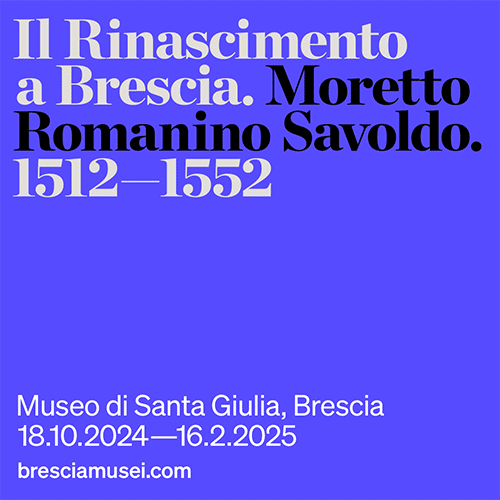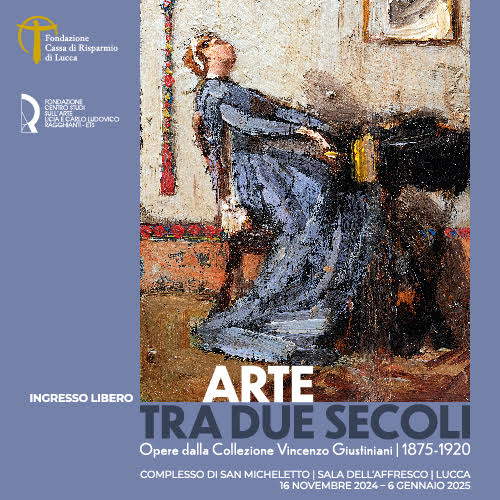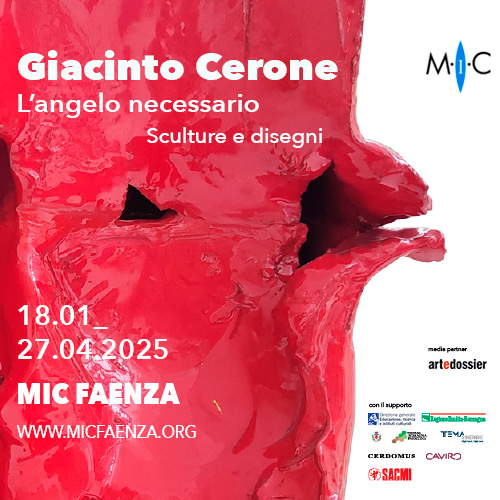An exhibition-event in Milan celebrates half a century of bathroom history
Bathing. Cult and Culture. 1973-2023: 50 Years of History is the title of the exhibition and volume chronicling half a century of bathroom innovation. The exhibition event, open in the spaces of theADI Design Museum in Milan from November 6 to 20, celebrates the historic magazine Il Bagno Oggi e Domani, which is turning 50 years old.
A selection of the covers that best represent a unique and uninterrupted editorial history, from 1973 to the present, will recount an important piece of the evolution ofbathroom furniture, retracing the stages of a sector that, over the decades, has played a central role in transforming styles and habits of daily life. Through the objects and settings, immortalized in the photographs with which the magazine has interpreted this area of the home over the years, each cover reveals the creative visions, ideas and products, research and technical innovations that have transformed the bathroom into a central place in the design of public and private spaces.
The Story
Considered one of the most important innovations in human history in the evolution of domestic and collective spaces and self-care, the development of the bathroom has paralleled momentous changes in customs and society. The presence in homes of a room dedicated to the bathroom dates back to the second half of the 19th century, while it was not until the first decades of the last century that this space, until then almost hidden and considered a service room, began to take on the appearance of contemporary bathrooms, with a whole series of changes closely linked to transformations in lifestyles. It was from the 1970s that design gradually began to enter the bathroom, over time coming to revolutionize this room of the house and contributing to its entirely new vision compared to the past.
The magazine Il Bagno Oggi e Domani (The Bathroom Today and Tomorrow) was born precisely in those years, with the need to understand this evolution and give voice to an increasingly relevant design sector. Wanted by Paolo and Roberto Sonino, editors of the magazine until 1982, and published by Peg Editrice, the initiative immediately involved Oscar G. Colli, who became an emblematic figure for the sector, and who has then accompanied the magazine through all these years until today, witnessing all the most significant steps and helping to spread bathroom culture. The masthead was filed at the end of 1973, and issue zero of il Bagno Oggi e Domani came out in early 1974. The publication continues uninterruptedly to the present day.
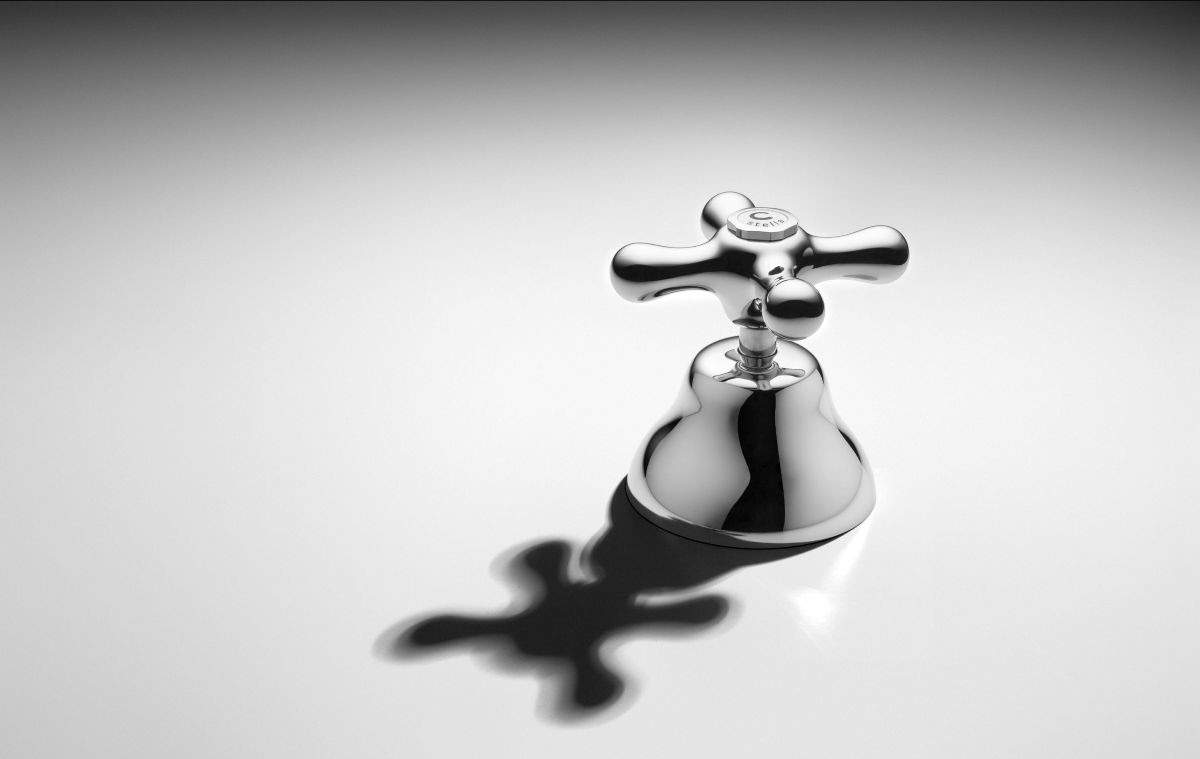
The exhibition.
In the spaces of the ADI Design Museum in Milan, half a century of editorial history and, at the same time, the history of the bathroom and society is retraced through the most significant covers that have followed one another over the past 50 years. It starts with issue zero, from February 1974, with a watercolor drawing of a female figure glimpsed through the glass of a shower, moving through other historical images and unpublished shots that have characterized a good part of the magazine’s issues over the past 15 years through the lens of Milanese photographer Paolo Carlini. Roots are rooted in the past, the present is narrated but, above all, there is an opening to the future, also thanks to a stimulating collaboration activated with IED Milan, involving the 2022-2023 class of the Master in Interior Design, called to confront a challenging and boundless theme: a reflection, visionary and contemporary, on the future dimension of the genderless bathroom.
What emerged was the unconventional gaze of the students, brought together in international teams under the guidance of coordinator Giorgio Grandi and lecturer Paolo Bellisario, who with the projects Roo-Me, Kaloo and BeYou, presented within the exhibition, stage personas and experiential touchpoints without mental barriers, organizing and performing situations of growth, confrontation and hybridization that identify in the “ultra-bath” the new skin of the toilet. Central to each focus is the exploration and full expression of the “other self,” where space shapes new behaviors, and where proximity reshapes diversity. A great attention to current events, an openness to the future, and a determined creative flair have guided the choice of covers since the first issue, with innovative language and content anticipating the culture and trends of the moment, combined with a marked sensitivity to refined aesthetic research and a never trivial look at the world of bathroom furnishings and design in general.
The layout of the exhibition, which is also and above all a cultural initiative, does not focus only on the exhibition aspect but also aims to be a space for in-depth study, with several seats distributed in the room, inviting the reading of magazines, including vintage ones, and materials made available to visitors. During the opening period of the exhibition, there will be guided tours accompanied by the co-founder and historical memory of the magazine, Oscar G. Colli, the editorial manager, Cristina Mandrini, and some of the protagonists of these decades.
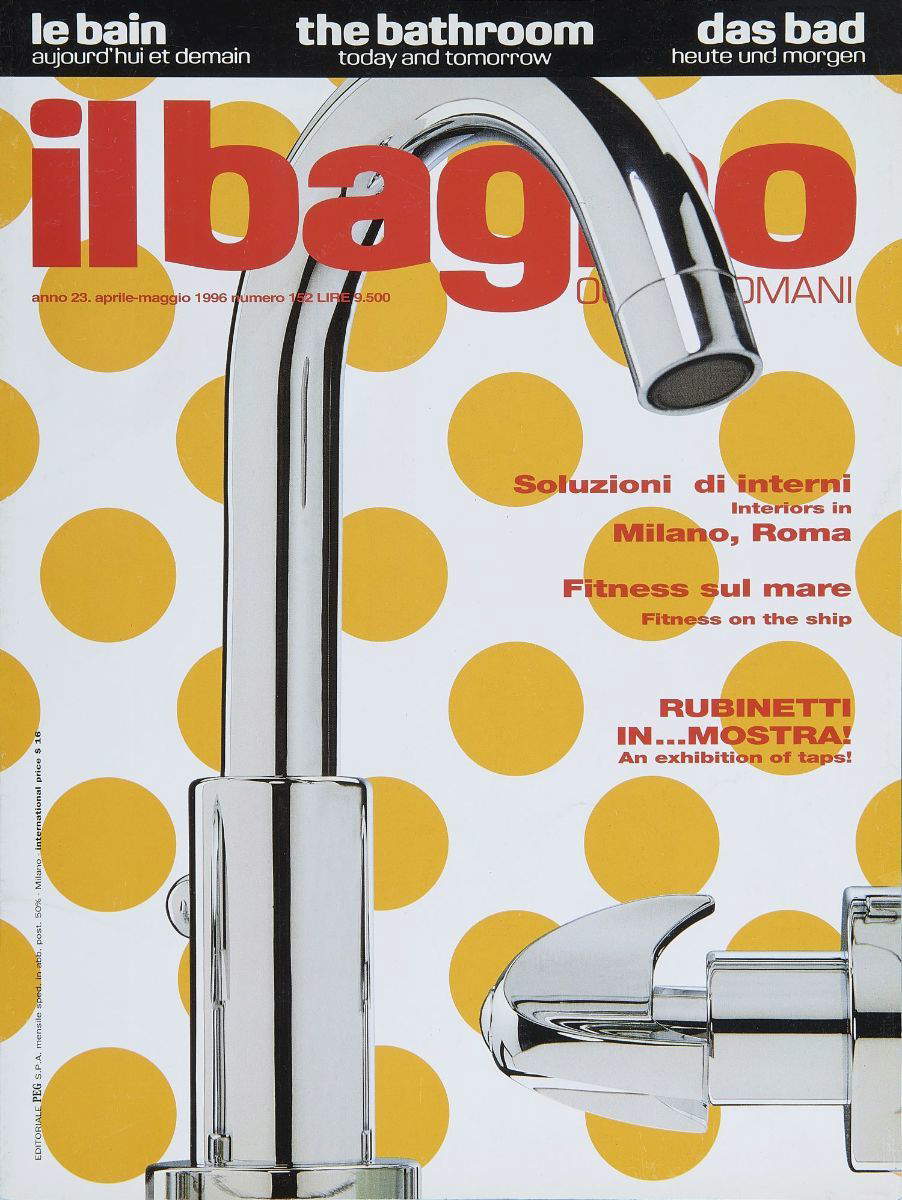
The volume
The exhibition is complemented by a rich volume with the voices and stories of the protagonists, dedicated to the companies, products, designers, and people around the industry. This is a far-reaching work, a comprehensive and in-depth overview of the bathroom world, from a professional, technical and cultural point of view, providing new keys to understanding and retracing the stages and events of the last 50 years and helping to define a modern vocabulary of bathroom furniture. Manufacturers in the industry, in particular, were asked to choose a word to tell about their role in the bathroom world, from a new perspective: what emerged was an unexpected mapping, a varied and at times surprising panorama, a series of voices outlining a cultural dimension that goes far beyond the strictly professional sphere. They range from terms more akin to the context, such as Research, Craftsmanship or Creativity, to then wander through the many insights and read words such as Courage, Circular Thinking, Connections, Wonder and Concreteness, Journey and Life, with the common thread of openness to the future, an indispensable basis for development.
Edited by Oscar G. Colli, co-founder of il Bagno Oggi e Domani, and Cristina Mandrini, the paper’s editorial manager, with the collaboration of Daniele Bonalumi and Marianna Saut, the initiative benefits from the creativity of Odo Fioravanti, who imagined the visual identity.
The initiative has obtained the patronage of ADI, AIPI, Archipelago, FederlegnoArredo’s Assobagno, Cersaie, Confindustria Ceramica, IED, ISH, Messe Frankfurt, Ordine degli Architetti, Scuola del Design - Politecnico di Milano, and the participation of companies Agape, Aisi, Albatros, Alice Ceramica, Arbi, Arblu, Artelinea, Azzurra, Bellosta, Ceramica Cielo, Ceramica Flaminia, Ceramica Sant’Agostino, Cesana, Colavene, Cordivari, Cristina Rubinetterie, Damast, Dornbracht, Duravit, Effe, F.lli Frattini, Fantini, Fima Carlo Frattini, Galassia, Geberit, Grohe, IB Rubinetterie, Ideagroup, Ideal Standard, Inda, Kerasan, Koh-i-noor, Laufen, Marazzi, Megius, Newform, Nobili Rubinetterie, Novellini, Ponte Giulio, Provex, Rapsel, Relax Design, Ritmonio, Rubinetterie Stella, Rubinetterie Treemme, Scarabeo Ceramiche, Scavolini, Signorini, Simas, Stilhaus, Vismaravetro, Zucchetti.Kos. Technical sponsor Cofidis. Media partner Mimesi.
Statements
“To experience firsthand the 50th anniversary of il Bagno Oggi e Domani is a blessing for me,” Cristina Mandrini stresses. “I think of the many meetings I’ve had over the past few months, the voices and stories I’ve been able to hear-a real privilege. Testimonies of how much the magazine has helped to spread the culture of the bathroom, how the passion and the cult for this room have resulted in beautiful craft, industrial and entrepreneurial experiences of great value for the sector. In the last decade, the bathroom has been the subject of great attention by designers and companies, through their R&D departments, often in direct connection with universities and research centers, which have developed research on: materials, water and energy resources, sustainable logistics, product end of life and recycling of raw materials and waste. The bathroom environment is a great laboratory but also the most energy-consuming room in the house; therefore, finding intelligent and environmentally friendly solutions is now, for the industry, a commitment, approached with seriousness and passion. Similarly, the other major issue is accessibility: wellness and comfort must be for everyone, regardless of age, gender, physical ability.”
“When the magazine was born in 1973, the bathroom was considered a mere utility room. Yet, companies even then were able to make innovative products, an ocean of possibilities was opening up for the industry, and there was a need for a magazine that talked about the bathroom as a result of a project, as was already the case for other rooms in the home,” recalls Oscar G. Colli, who stresses, “it is important to guarantee the quality, seriousness and credibility that everyone expects from a magazine like ours. We must never forget that we have a great responsibility in the way we tell the story of this world, which certainly must be valued for its beauty, but also for being usable by all and accessible in cost. There are different values that have to do with humanity, with sensitivity, with culture, and for which we are somewhat responsible when we tell about the production and the work of companies, architects, designers.”
 |
| An exhibition-event in Milan celebrates half a century of bathroom history |
Warning: the translation into English of the original Italian article was created using automatic tools. We undertake to review all articles, but we do not guarantee the total absence of inaccuracies in the translation due to the program. You can find the original by clicking on the ITA button. If you find any mistake,please contact us.






